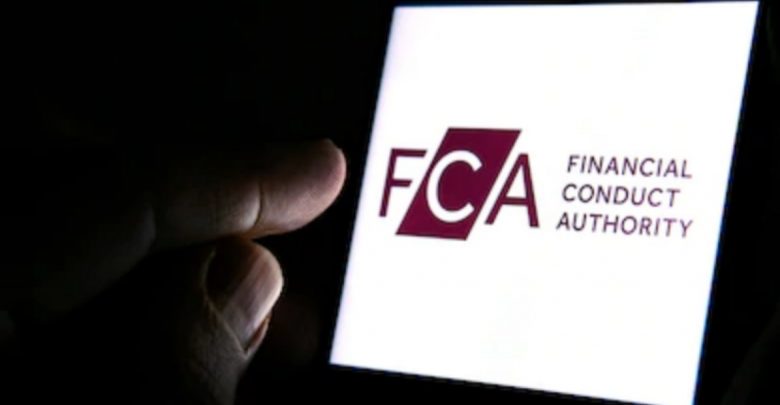White House Publishes the First Cryptography Framework
Several federal agencies in the United States of America have come together to produce a standardized fact sheet. The fact sheet provides an overview of the six critical goals that should be accomplished by crypto legislation in the United States.
Motivations For the Cryptographic Architecture
This Report provides a synopsis of the results from nine separate studies delivered to the President. The objective of the nine individual studies is to “articulate a clear framework for responsible digital asset creation and lay the basis for future action at home and abroad”.
- The White House released a fact sheet on September 16 that covers seven topics.
- The first is to safeguard buyers, investors, and businesses.
- The second is to expand access to secure, cost-effective financial services.
- The third is to promote financial stability.
- The fourth is to advance responsible innovation.
- The fifth is to bolster America’s position as a global leader in the financial sector.
- The sixth is to combat illicit financing.
- The seventh is to investigate the possibility of a digital currency issued by the Federal Reserve (CBDC).
Many parts of the Report restate the administration’s long-standing ideals and priorities. The SEC and the CFTC are urged to, among other things, “vigorously pursue investigations and enforcement actions against unlawful activity in the digital assets market”.
The Report’s address to the SEC and the CFTC is to safeguard the interests of investors and consumers. The Report does not, however, go into depth on the distribution of responsibilities among the various regulatory agencies.
It has been suggested that the federal government should assist in the promotion of immediate payment networks. One of these systems is known as FedNow. According to the Regulatory Reserve, FedNow won’t be accessible to users until 2023.
In addition, the Regulatory Reserve plans to establish a federal framework for payment service providers that are not banks. The new framework will be better able to satisfy the demand for financial services from the general populace.
The Office of Science and Technology Policies Proposed Actions
A damning report has been compiled and distributed by the Office of Science and Technology Policy (OSTP). The effects of bitcoin mining on the surrounding environment are the primary subject of this paper. The OSTP also announces its intention to the public to develop a research and development plan for digital assets.
The strategy calls for modifying the laws that are now in place. Laws that prevent unlawful money transmission and anti-tip-off legislation are examples of this kind of law. The Bank Secrecy Act is another example of this type of regulation. The strategy is designed to protect suppliers of services related to digital assets.
The CBDC in the United States is the subject of the last part of the information sheet. Reports indicate that the federal government has formulated Policy Objectives for a CBDC system to be implemented in the U.S. Additional study is required to determine which technological basis would be most suitable for such a system.
The Treasury Department will lead an interagency working group comprising various departments’ and agencies’ representatives. The representatives include the National Economic Council, the National Security Council, the Federal Reserve, and the Office of the Strategic Policymaker.






